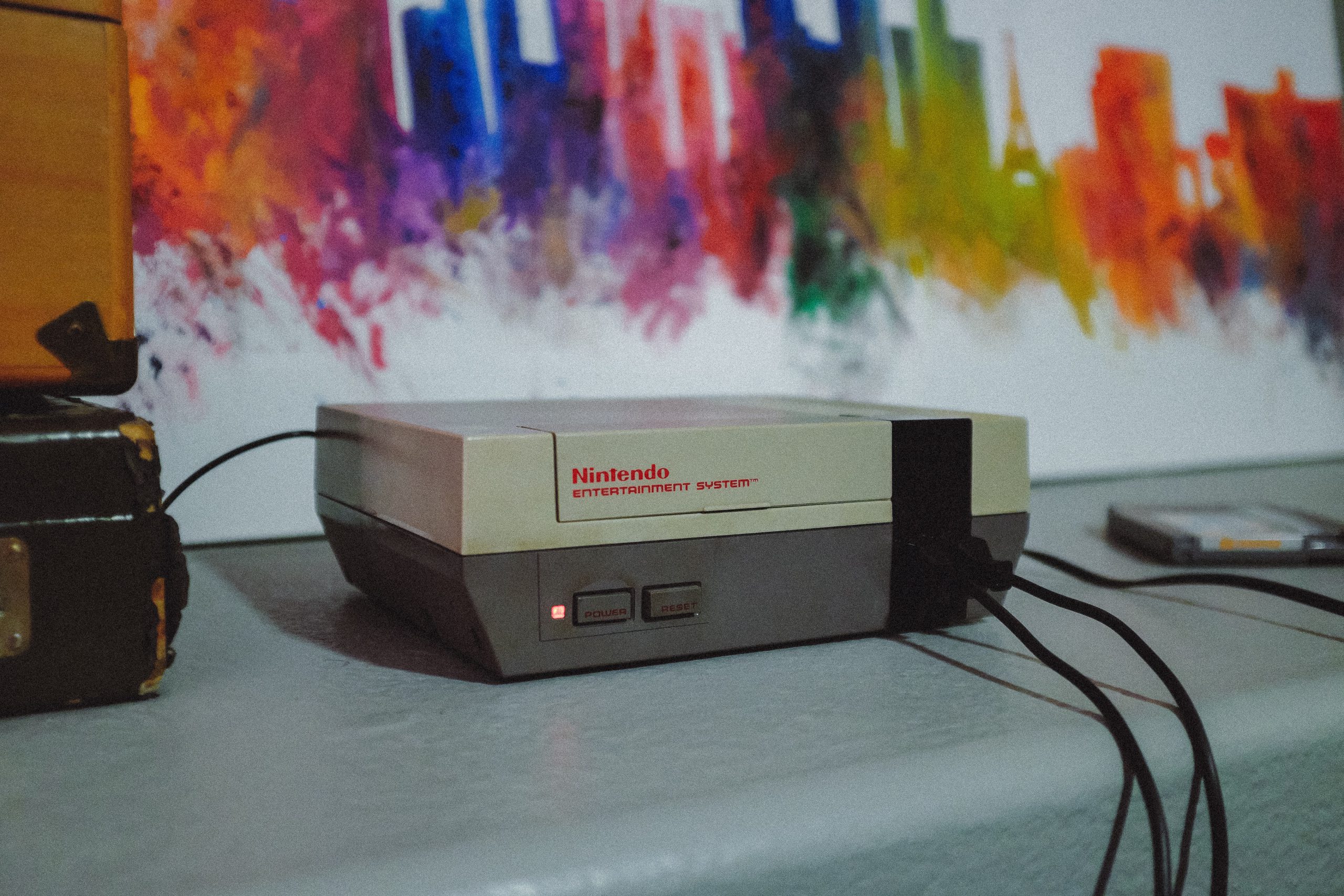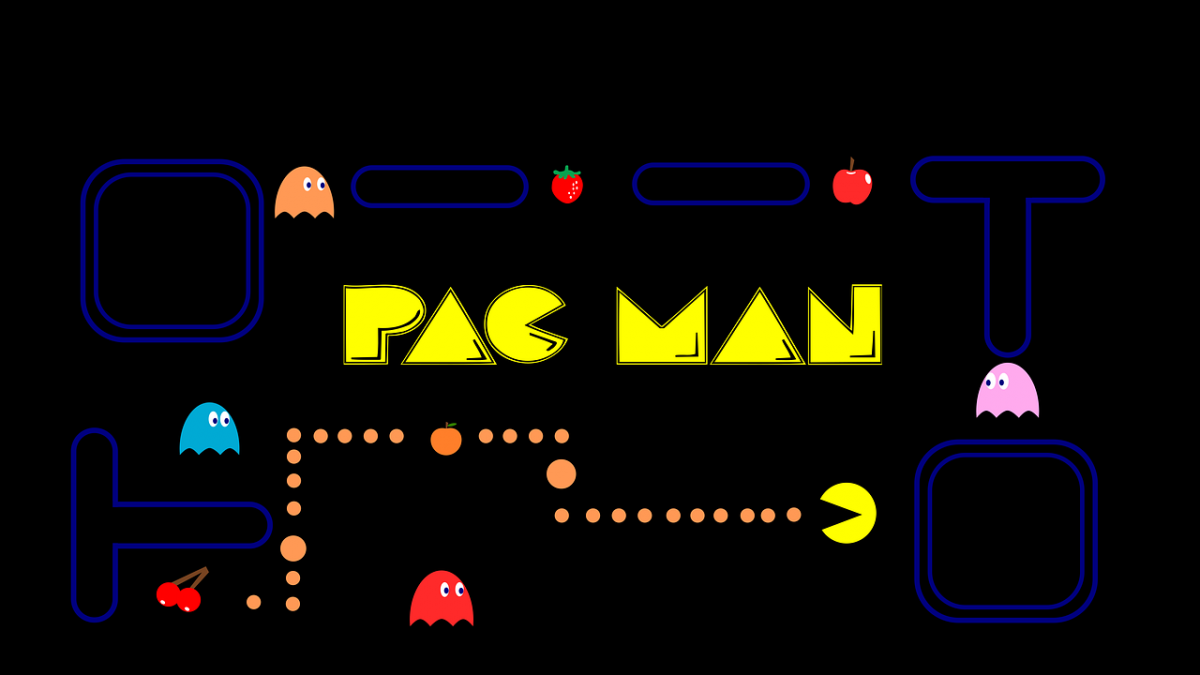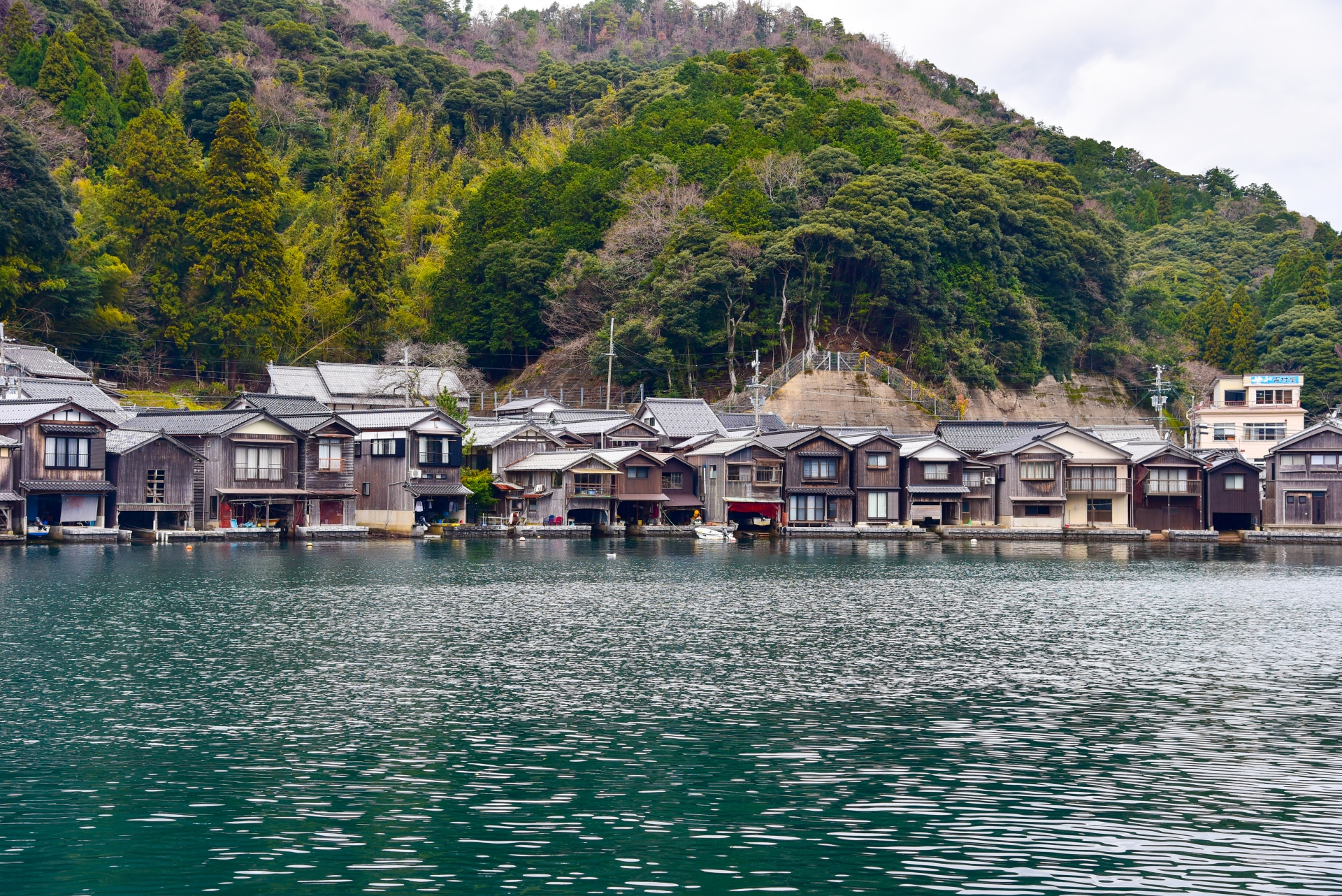Even if you’ve never visited Japan before, you’ve probably played some popular Japanese games without knowing it. Anyone who’s tested their skill on a video game from Nintendo or Sony is experiencing Japanese culture, and for fans of those games, a visit to the country is the perfect way to relive some of that magic.
The Japanese have also incorporated card games, toys, and puzzles from other cultures. Many children’s games are the same all over the world, though there’s always a local twist. We’re going to cover some of the most popular games in Japan, from sudoku puzzles to card games to the latest crazes in video games, and show you where to explore if you’re a gamer so you can make the most out of your visit to Tokyo.
Board games, puzzles and alike
1. Sudoku
A twist on classic magic square problems that date back as far as the 19th century, Sudoku did not originate in Japan, but became popular after they were first published in a Japanese magazine in 1984. Oddly enough, the name “Sudoku” is trademarked in Japan, so only those made by a single company are called by this name, with the rest referred to as “Number Place.” In America, the name is not trademarked, so all puzzles of this type are called Sudoku, meaning Americans use the Japanese name, and Japanese use the English name.
Today, you’ll see these problems in newspapers and puzzle books all over the world, as players attempt to fill a 9×9 grid with numbers from 1 to 9, with varying degrees of difficulty. Since Sudoku are all number-based, players don’t have to worry about translating words, meaning you can tackle one from a Japanese puzzle book even if you don’t speak the language.
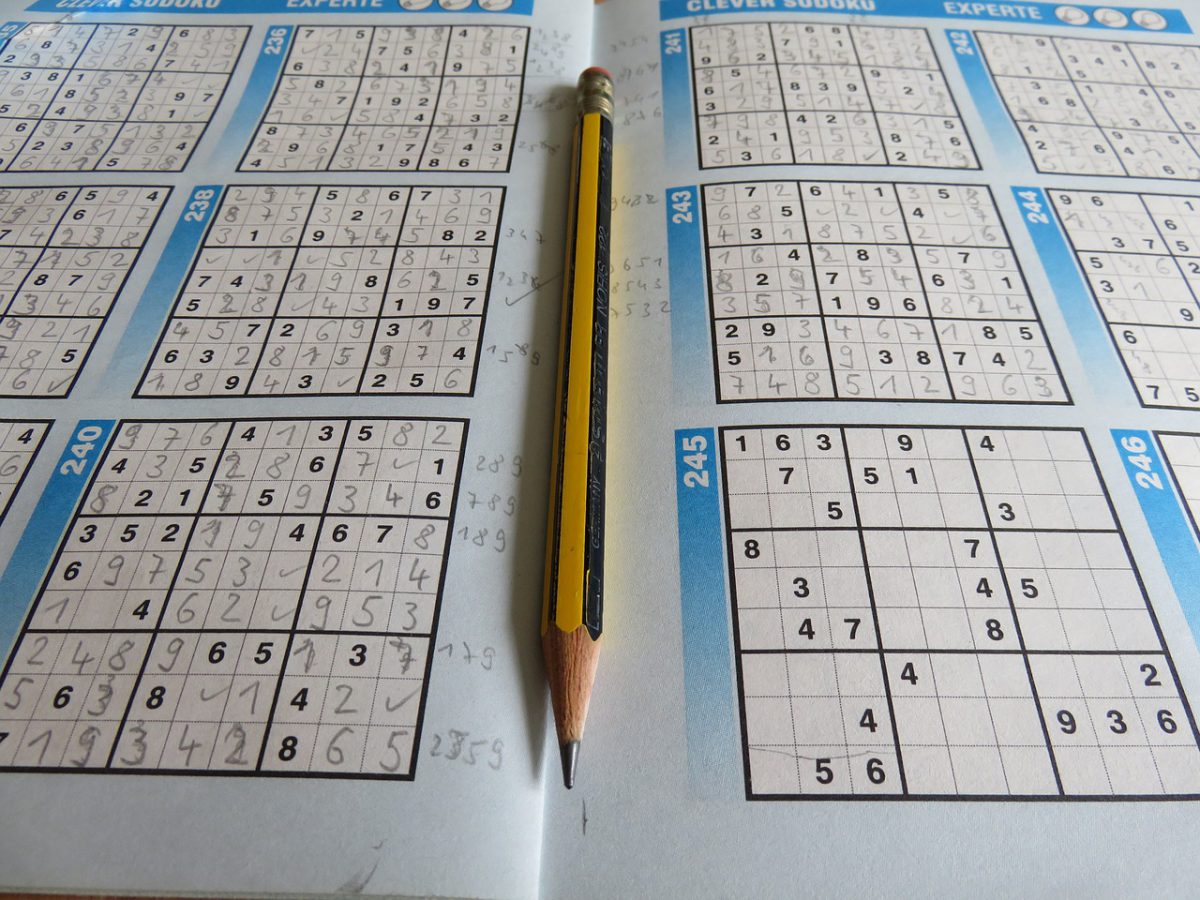
2. Janken
Janken is the Japanese version of “Rock, Paper, Scissors.” Playing this game is an extremely popular way to resolve minor disputes. The hand signals are roughly the same as they are everywhere, using the following words:
Rock = Guu
Scissors = Choki
Paper = Paa
There are of course many variants, but generally, the game starts like this:
- Both players chant “Saisho wa guu,” which means “First comes rock,” while moving their fists up and down in rhythm.
- Then, instead of “Rock, paper, scissors, shoot,” the Japanese phrase is “Jan-ken pon!” and on “pon,” you reveal your selection.
- If there is a draw, both players chant in rhythm, “Ai-ko desho!” and try again on “sho.”

3. Kendama
The Japanese spin on a traditional cup-and-ball game is called Kendama. What sets the Japanese version apart is that the “cup” piece is double sided, with one cup on either side of a long handle, making a hammer shape. A ball is attached by a string, and the goal is to catch the ball in the cup. The cups are generally different sizes, one an ozara, or big cup, and the other a smaller cup, or kozara.
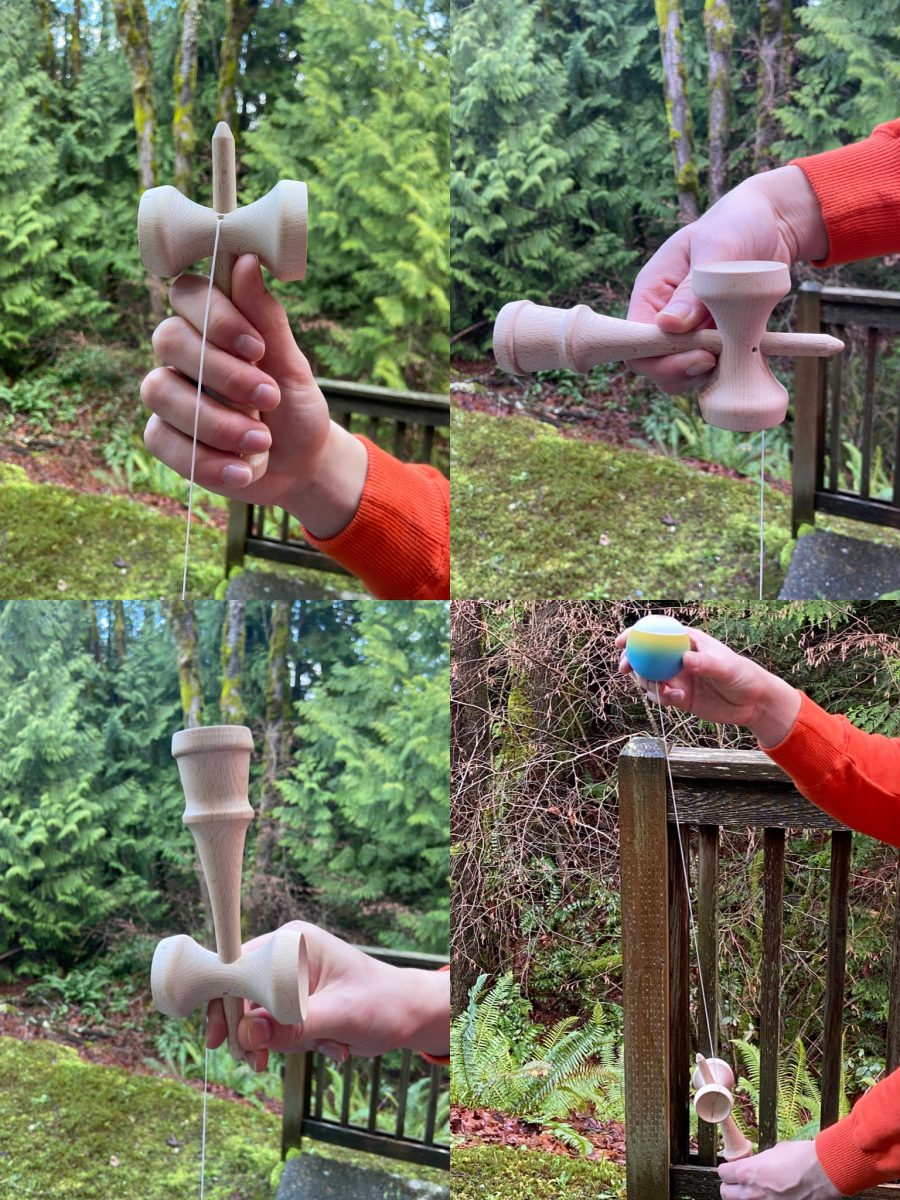
The ken, or handle piece, has two ends: on one is a point where the ball, which has a hole in it, can be stored when not in use. The other end has another cup, the chuzara. Kids can invent different games based on which cup they aim for and how they hold the ken. Because it’s slightly more complex than other versions of this toy, it presents a lot of additional challenges and opportunities to try complicated tricks.
4. Daruma Otoshi
A popular toy similar to Jenga or Pick-Up Sticks, the goal of Daruma Otoshi, like those other games, is to remove pieces while leaving others intact. The game consists of a stack of five colored pieces, with an imposing head on top. The goal of the game is to take a wooden hammer and remove pieces starting from the bottom.
Players remove the hammer (which is used to hold the pieces in place as they are stacked), place it parallel to the table, and swipe sideways. A successful turn is one where the bottom piece flies off while the others remain stacked. An unsuccessful turn is one where the stack topples over and the head hits the table. This is a fun traditional game children can play by themselves or in a group.
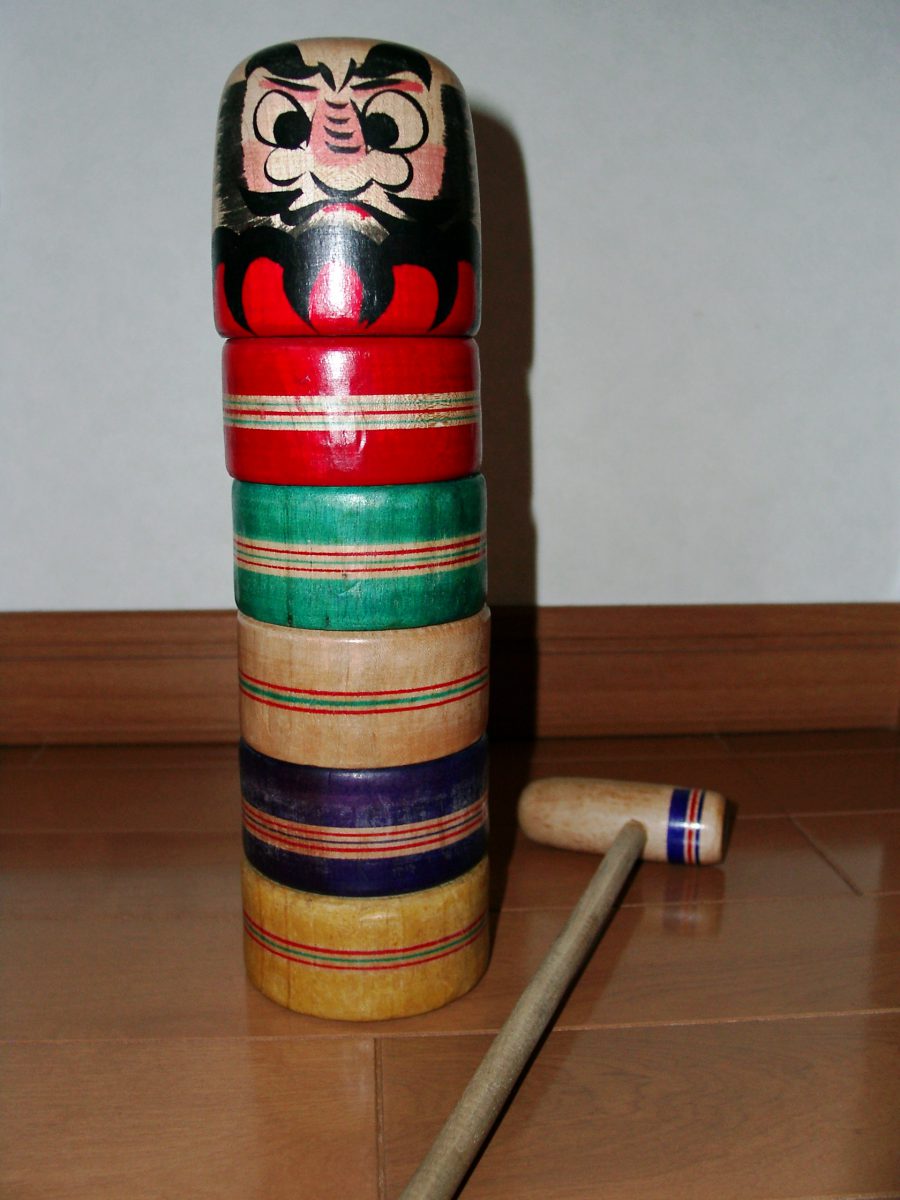
5. Baba Nuki
A popular card game in Japan is Old Maid, which is known as Baba Nuki. The rules are similar to those used in the rest of the world, though often in Japanese, instead of removing one of the Queens, one Joker is added to the deck, and the player left with it at the end is the loser. The simple nature of this game, and the strategy of presenting your cards to other players as they make their selections of which card to draw, makes it fun for kids and adults alike.
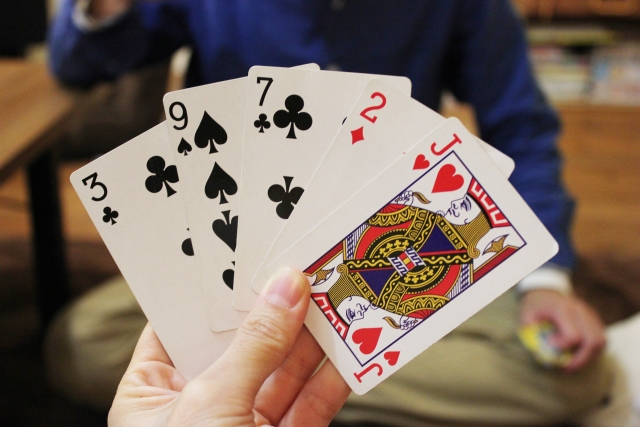
Video games
It’s probably no surprise that many of the video games you enjoy come from Japan. Sony Corporation is, of course, a Japanese company, but long before the first Playstation console, the Japanese were at the forefront of gaming culture. Pac-Man, released in 1980, was originally called Puck Man in Japan, and caused a worldwide sensation. But there’s one company above all that’s synonymous with both Japan and video games, and that’s Nintendo.
Nintendo
It may surprise you to learn that Nintendo is more than 100 years old! It was actually founded in 1889, and was the first company to sell western playing cards in Japan. It became a household name in the 1980s with the release of the Family Computer System, or Famicom, known in the rest of the world as the Nintendo Entertainment System, or NES. Many consoles have followed, and Nintendo has continued to enjoy the success and popularity it’s had ever since Donkey Kong and Super Mario Bros. You’ll see Mario everywhere in Japan, including in murals at Kansai Airport in Osaka!
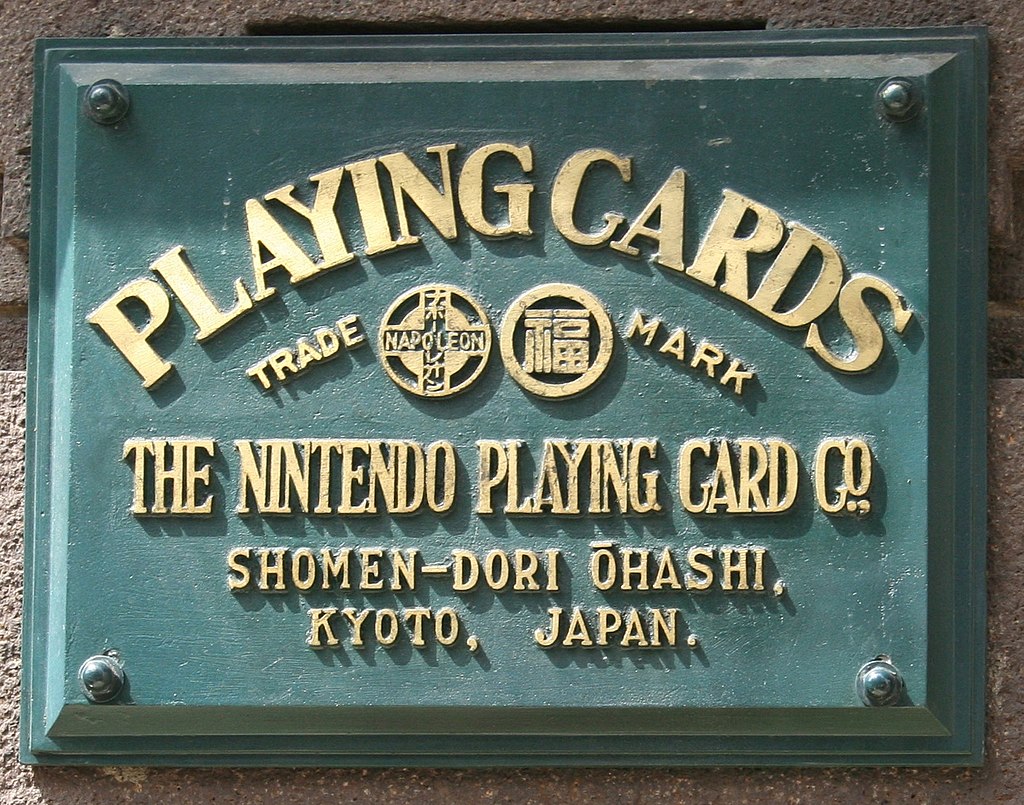
Popular video games from Japan
Here are just a few video games that are as popular in Japan as they are in the rest of the world, and some interesting facts about them:
- The Legend of Zelda: Creator Shigeru Miyamoto has said that Hyrule is largely based on his childhood growing up in a village not far from the city of Kyoto.
- Final Fantasy: There are more Final Fantasy games in Japan than in America, since many were not released stateside. The game that was Final Fantasy IV in Japan was Final Fantasy II in America, and the game known in the U.S. as Final Fantasy III was actually the sixth game in Japan.
- Pokemon: This addictive game is as popular in Japan as anywhere, and there are Pokemon centers in major cities where you can find plush toys, cards, Pokemon-themed food, and Pokemon GO training spots.
- Animal Crossing: In Japan, the title is Doubutsu no mori, which means “Animal forest.”
- Super Mario Bros. 2: Did you know that the original SMB had a different sequel in Japan? Intended for expert gamers who had mastered the original, the game (later released in America as The Lost Levels) was deemed too difficult for release in America. As a result, a game called Doki Doki Panic was altered to become the U.S. SMB2. That game is known in Japan as Super Mario USA.
- Street Fighter: A fun fact about Street Fighter II is that some of the fighter names are different depending on where you live. In the Japanese version, “M. Bison” is the boxer character. This is because his name was a play on the name of boxer Mike Tyson, or “Mike Bison.” The character was switched for the U.S. version to avoid a potential lawsuit.
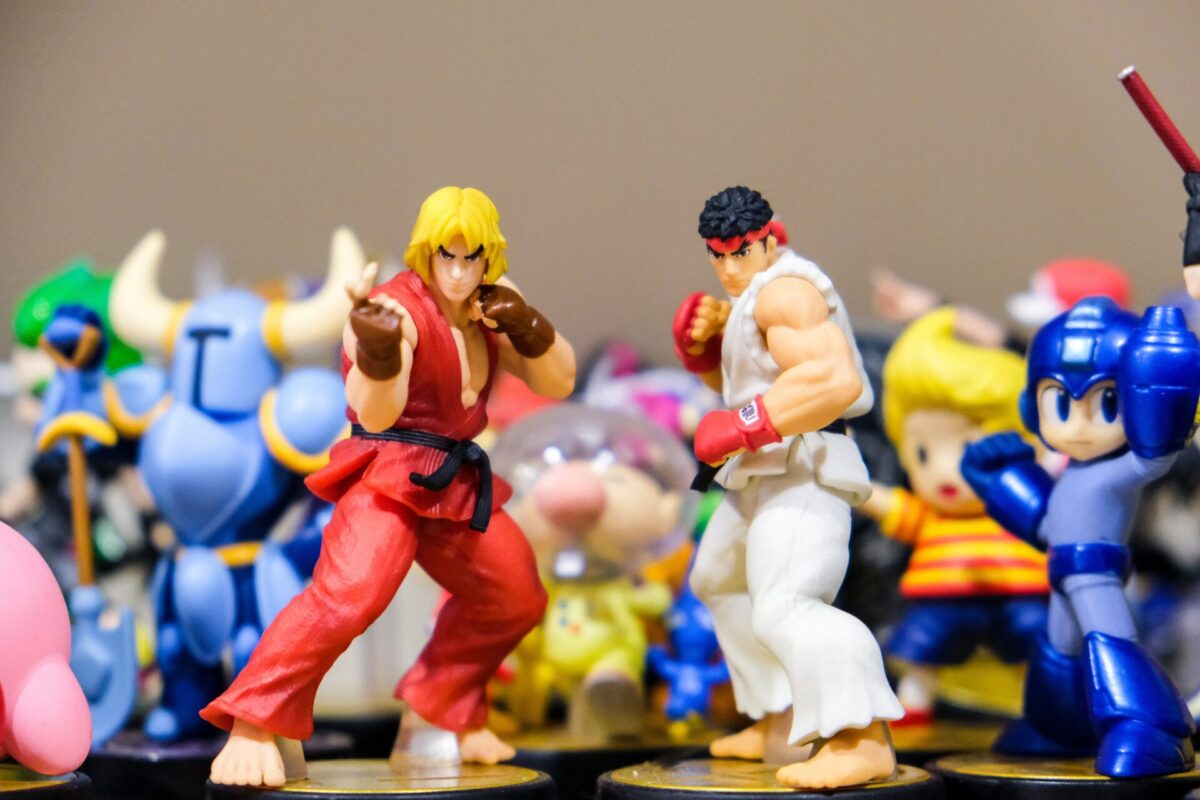
Gaming culture in Japan
Video arcades still exist in Japan, though like the rest of the world, most people now play on home or portable consoles. At the arcade, one game costs 100 yen. You’ll likely be familiar with the SEGA brand, which clearly marks some arcades in popular areas; there are other places, such as Round 1, which offer unlimited games for a set price.
In many areas, you’ll find a lot of UFO Catcher games, also known as “crane games” or “claw machines” in America. These machines are pretty simple: you put in a coin and direct a claw over a set of prizes. If the claw picks up the prize, you win. You’ll find game centers throughout Japan that house exclusively UFO games.
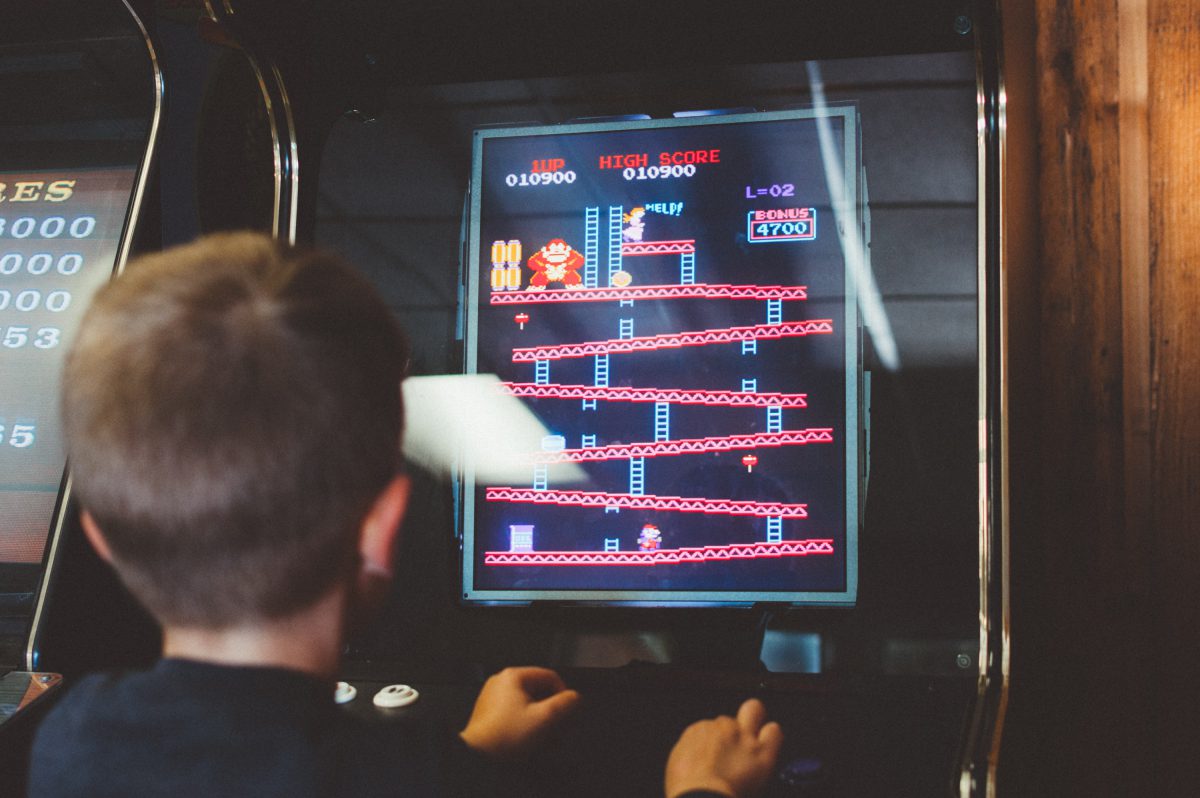
There’s one more location where you can play video games in Japan: video game bars. These are bars where you pay a fee and receive a drink. You then gain admittance to a gaming room, where there are TVs with consoles set up, and you can play as much as you want for a set amount of time. If you’re nostalgic for the good old days and want to play some Super Famicom or N64, this is a great way to spend a rainy afternoon.

Other places for gamers to visit
- Akihabara: This area of Tokyo is the “Geek Mecca” of Japan, and it’s where you’ll find cool stuff related not just to video games, but to all of otaku (nerd) culture.
Taito Station: Taito Stations are major gaming arcades that can be found in pretty much every big city in Japan. Often easy to recognize, the multi-storied buildings offer a large selection of the latest arcade games. Popular games include the Space Invaders, Bubble Bobble and Taiko Drums. - Visit Game Locations: Since so many of your favorite games come from Japan, a lot of them contain actual Japanese locations. Consider a tour of the real-life places that inspired popular games.
- Super Nintendo World: Opened 2021 at Universal Studios Japan in Osaka, Super Nintendo World allows the whole family to experience the magic of Nintendo in real life. Full of colorful characters, rides, interesting food, and hidden challenges, this newest attraction is a must-see for Mario fanatics.
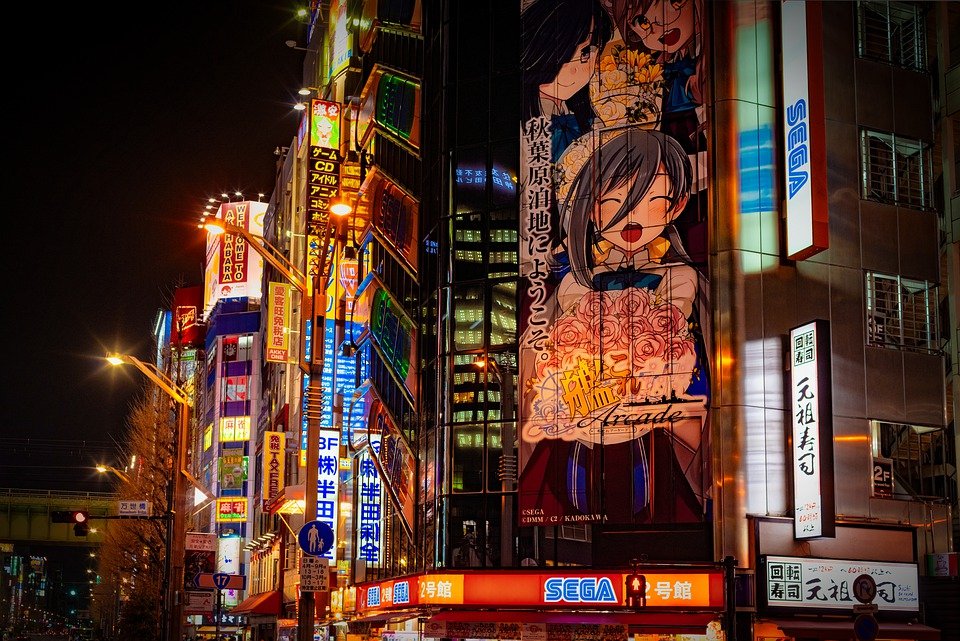
Popular gaming songs that were played on Olympics
On July 23rd in 2021, the Olympics opening ceremony was held in Tokyo. 19 popular gaming songs played at the opening parade of nations, and here is the list of all!
- Dragon Quest “Overture: Loto’s Theme”
- Final Fantasy “Victory Fanfare”
- Tales of Zestiria “Sorey’s Theme”
- Monster Hunter “Proof of a Hero”
- Kingdom Hearts “Olympus Coliseum”
- Chrono Trigger “Frog’s Theme”
- Ace Combat “First Flight”
- Tales of Series “Royal Capital-Dignified”
- Monster Hunter “Wind of Departure”
- Chrono Trigger “Robo’s Theme”
- Sonic the Hedgehog “Star Light Zone”
- Winning Eleven (Pro Evolution Soccer) “eFootball walk-on theme”
- Final Fantasy “MAIN THEME”
- Phantasy Star Universe “Guardians”
- Kingdom Hearts “Hero’s Fanfare”
- Gradius (Nemesis) “01 ACT I-1”
- NieR “Song of the Ancients”
- SaGa series “Makai Ginyu-Shi SaGa Series Medley 2016”
- Soul Calibur “The Brave New Stage of History”
Do you have any favorite games or gaming locations in Japan? What surprised you about Japan’s gaming and otaku cultures when you visited?
Follow us on Instagram, Facebook and Twitter for more travel inspiration. Or tag us to get featured!
Happy travelling
Other articles you may like


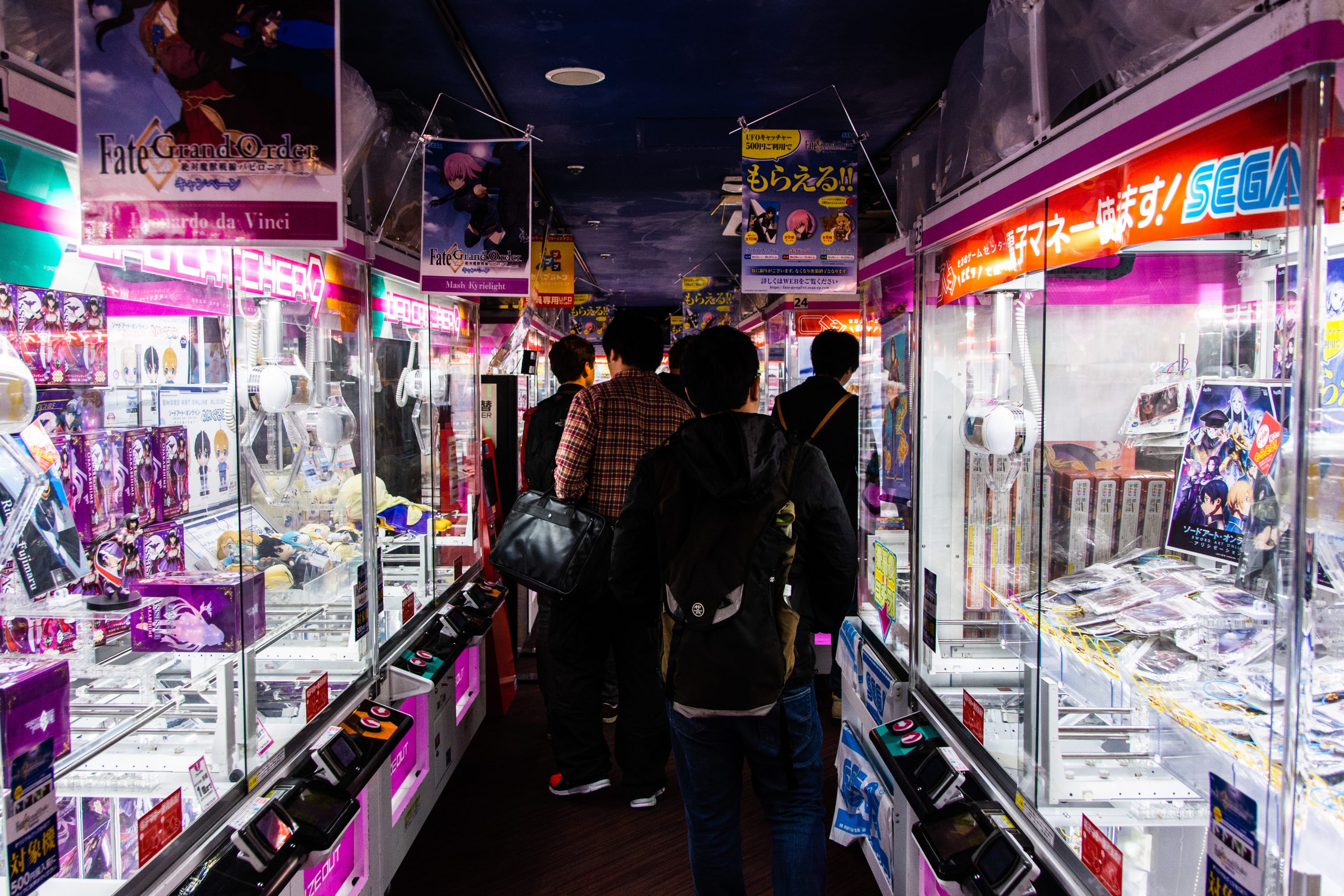
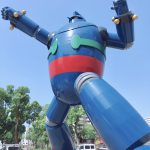
Gregg Maxwell Parker is an author and screenwriter best known for the book Troublemakers. Originally from the United States, he moved to Kobe in 2018. Gregg and his wife, Eriko, are the minds behind the blog As Seen In Japan, where they share pictures and stories from everyday Japanese life. They can be found on Twitter and Instagram.
This post may contain some affiliate links. When you click through and make a purchase we may receive some commission, at no extra costs to you.
